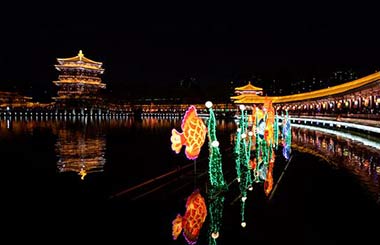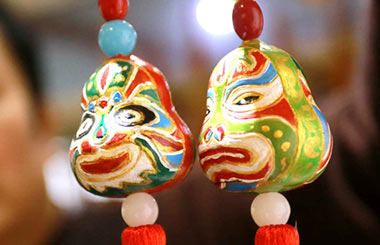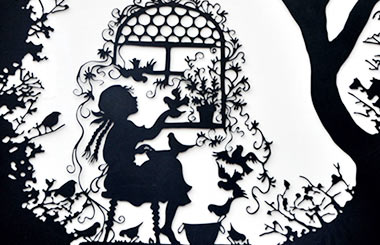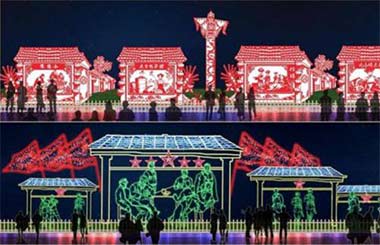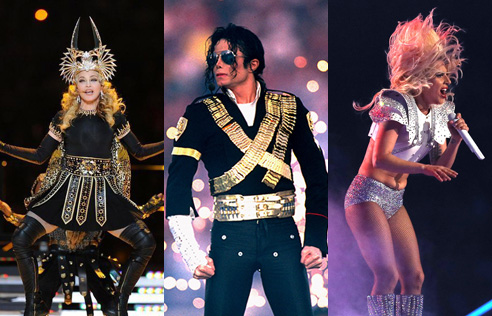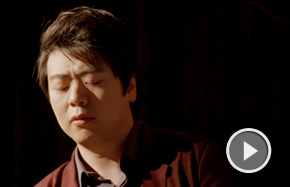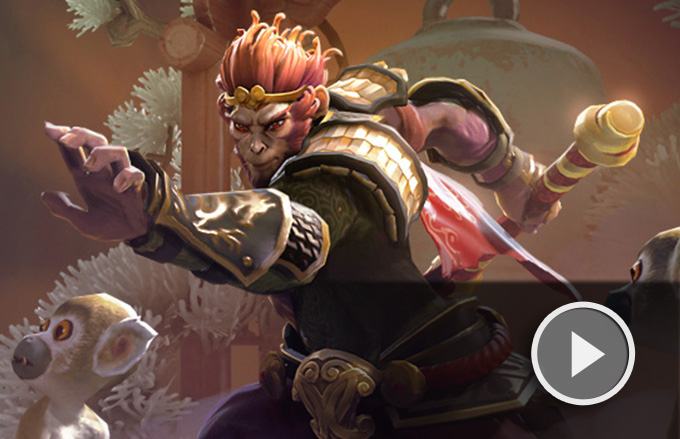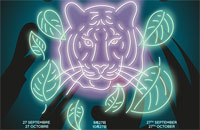Full moon, lanterns and romance
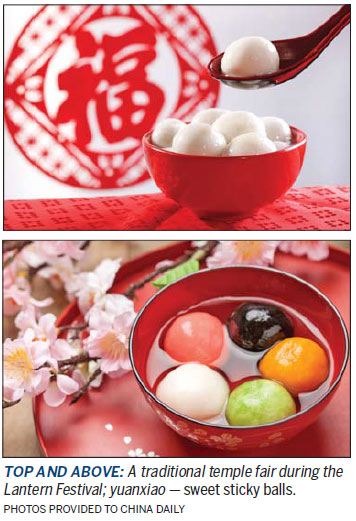
My grandmother used to tell us stories of how her Straits Chinese cousins in Penang, Malaysia, had a similar tradition. The girls, closely watched by strict nannies or maiden aunts, would stroll by the esplanade admiring the full moon.
They would throw mandarin oranges into the sea, making a wish for an eligible husband. Like their peers in history, the young men would be carefully observing from a distance. After all, it was a once-a-year parade of the fairest in the land.
These days, young men and women no longer need the delicate maneuvers of secret admiration, furtive selection and the service of matchmakers. They are more likely to boldly go forward on their own, holding hands beneath the light of the moon, probably after meeting online.
Thankfully, the fireworks, elaborate lanterns and glutinous rice balls have all survived the test of time, just like the dragon and lion dances, especially in the southern parts of China.
In Southwestern China, certain ethnic communities in the Sichuan-Yunnan plateau mark the occasion not with lanterns but with more primitive torches, and dancing and singing around the campfire. They, too, take the opportunity to pair up at these gatherings, thus reinforcing its reputation as a lovers' festival.
But, in many overseas Chinese communities, the end of the Lunar New Year celebrations is still marked with elaborate lantern exhibitions. Huge lanterns are crafted and often mechanized so the inner shades turn like a carousel.
These elaborate contraptions have the charming name of "lanterns of galloping horses", zoumadeng, because of their rapid spinning generated by the heat of the candles inside.
Other lanterns, delicately painted with calligraphy, peonies and chrysanthemums, are inspired by the regal lights of the imperial palaces.
Many world records have been broken with sheer size and ingenuity.
This is also the last day for temple fairs, where artisans and artists show off their skills and products. For a fortnight, they have sold traditional snacks and drinks, showed off their acrobatic and singing skills and sold balloons, toys and sweets to indulgent parents.
Once the holidays end, their audiences will go back to work.
But wherever you are, in China or abroad, there is something you must do on this day - eat yuanxiao.
These sweet sticky balls are made with glutinous rice flour and normally would be filled with peanuts, red bean paste, black sesame paste or just plain crushed rock sugar.
They represent the completeness of life, the sweetness of living.
In the frugal north, the filled rice balls are cooked in just water, but southerners prefer their yuanxiao boiled and served in flavored sweet soups, spiced with ginger maybe, or a hint of cinnamon.







